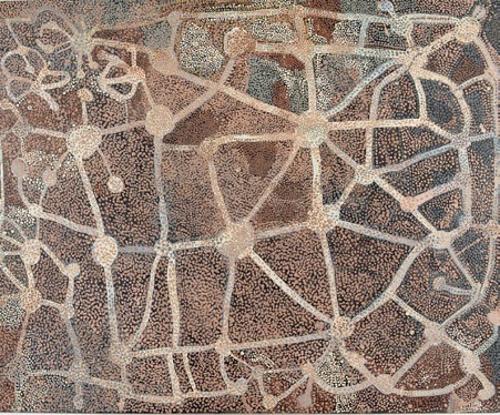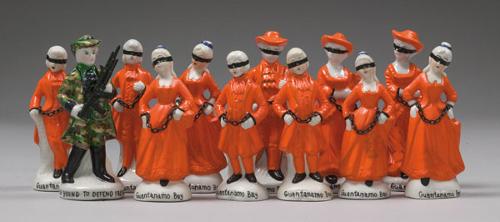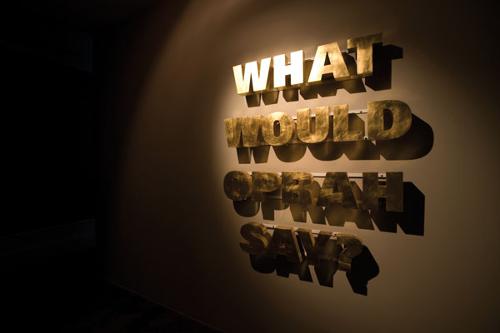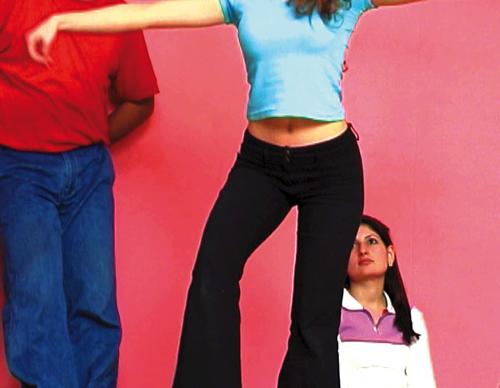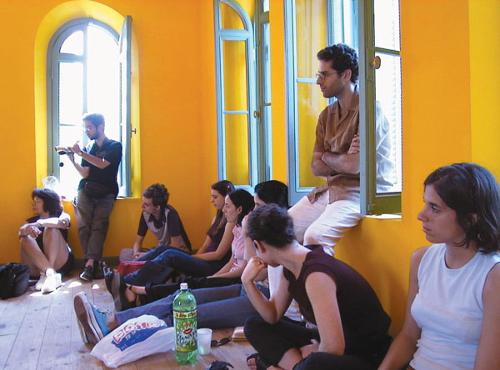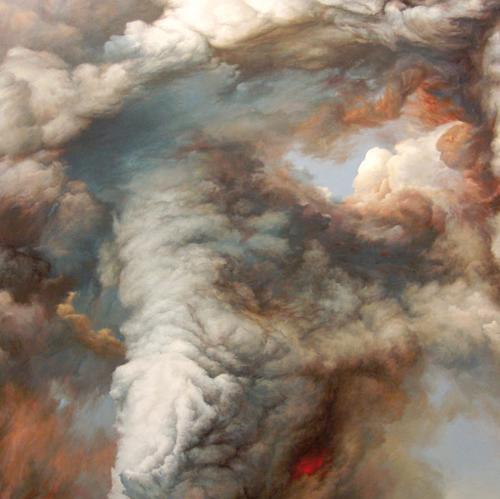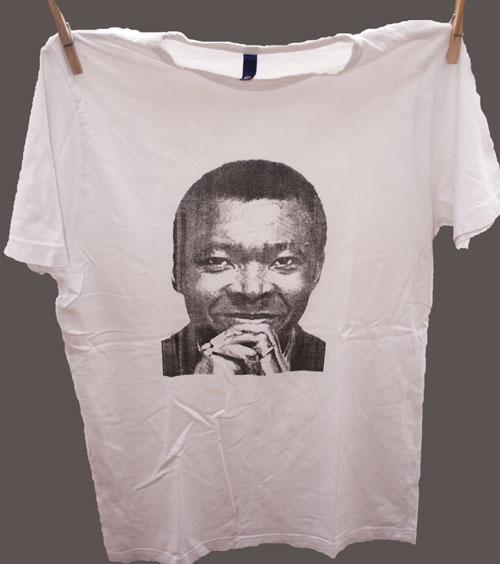The South South Way
How does the south appear to itself and how might south appear on the southern stage? The sweep of the south is broad and there are many ways to cross it. Kevin Murray considers the role of nature as a host of shared references for people and cultures of the southern hemisphere as well as ideas concerning indigenous and diasporic solidarity. Murray makes the point that it is on the political stage where the south seems particularly vocal, especially in relation to economic relations between north and south. The flow of traffic between north and south is also discussed, taking into consideration the infiltrating of modernism into Australia via its northern source and the shifting patterns in positioning the exotic gaze that is normally directed south. Murray concludes that, at this stage, the south remains a rare platform that welcomes both indigenous and non-indigenous, both tribes and individuals.

